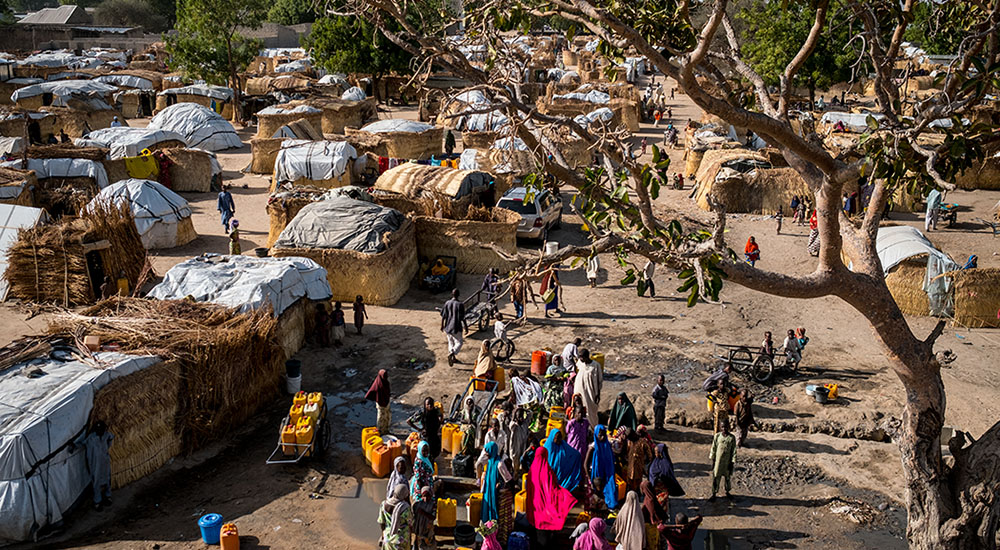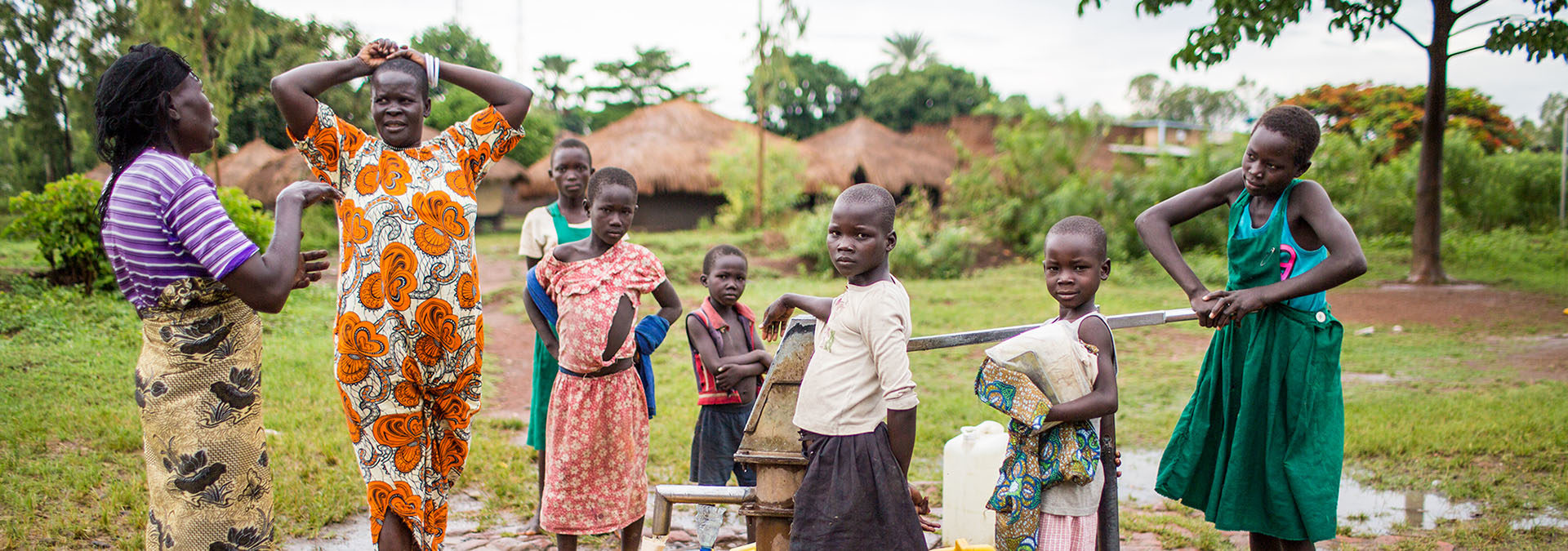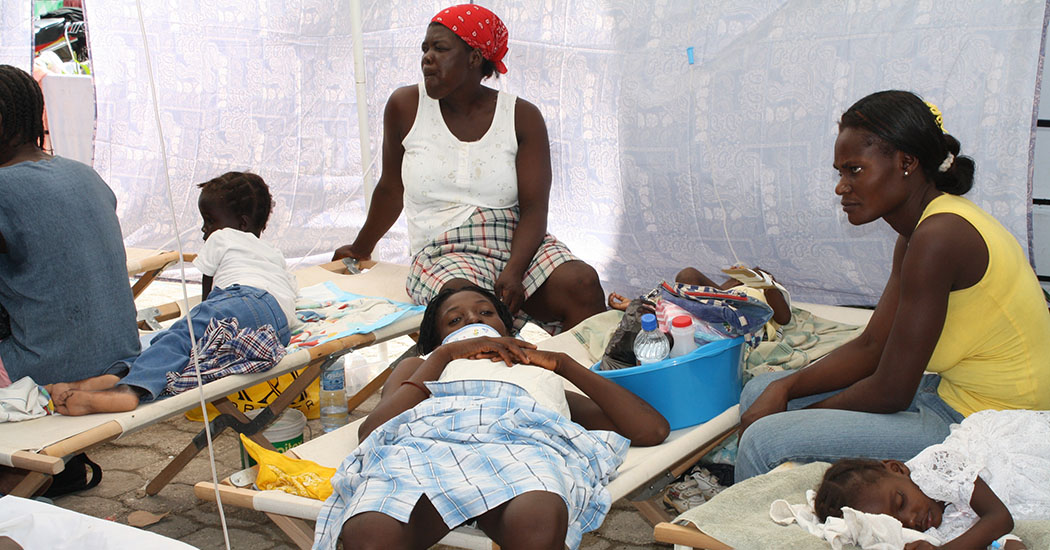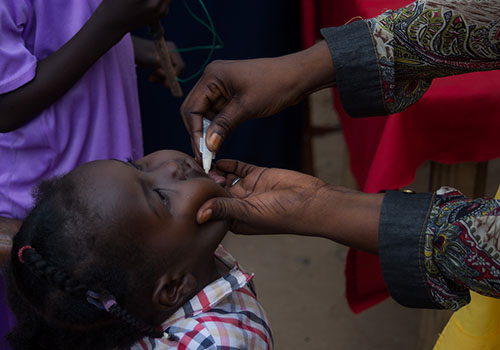About Cholera
Cholera is a disease of inequity that afflicts the world’s poorest and most vulnerable populations.

Cholera is a disease of inequity that afflicts the world’s poorest and most vulnerable populations.

While cholera has been eliminated from Europe and North America for over 100 years through sustained investments in WASH infrastructure, it continues to disproportionately affect the world’s poorest and most vulnerable communities.
Cholera is a marker of inequality, mostly affecting those exposed to conflict, insecurity, poverty, and climate change phenomena.
People of all ages can contract cholera. The greatest risk is faced by those lacking access to safe and clean water and adequate sanitation services, whether in urban areas, rural areas, or refugee camps.

Cholera is caused by ingestion of food or water contaminated with the bacterium Vibrio cholerae.
The disease has a short incubation period – between two hours and five days – and can quickly escalate to large scale outbreaks if not managed in time. While most people infected with V. cholerae only show mild symptoms, some may develop severe dehydration that can lead to septic shock and death within hours.
Most cases can be successfully treated with oral rehydration solution (ORS), but severe cases require intravenous fluids and/or antibiotics.

In the last two decades, annual global reports of cholera cases have ranged from 100,000 to 1.2 million. However, cholera remains a neglected and underreported disease, due in part to limitations in surveillance systems, stigma, and fears of impact on trade or tourism.
Today, cholera affects at least 30 countries across the globe and climate change increases the risk of spread to new countries.

The Global Roadmap outlines a set of actions to prevent and control cholera. This includes improving and strengthening water, sanitation, and hygiene (WASH) systems, improving access to preventive and reaction oral cholera vaccines, increasing disease surveillance in PAMI areas (hotspots most affected by cholera), and containing outbreaks through early detection and rapid response.
The Global Roadmap outlines a set of actions to prevent and control cholera. This includes improving and strengthening water, sanitation, and hygiene (WASH) systems, improving access to preventive and reaction oral cholera vaccines, increasing disease surveillance in PAMI areas (hotspots most affected by cholera), and containing outbreaks through early detection and rapid response.

To build and implement strong preparedness and response interventions

To ensure sustainable access to safe water and sanitation solutions for populations most at risk

To improve access and quality of care to reduce cholera related deaths

To confirm suspected cases and track progress

To prevent cholera and protect communities

To co-produce and implement sustainable community-centred solutions

PAMIs play a central role for the spread of the disease. By targeting these areas, we will not only reduce the burden of cholera, but also ensure that interventions reach those in greatest need.
Access to safe and clean water, safe sanitation and basic hygiene are basic human right, yet 1.8 billion people live in households without water supplies on the premises, putting them at risk for cholera and other waterborne diseases.

OCV is a game-changer in the fight against cholera. It takes effect immediately and works to prevent cholera for 2-3 years, effectively bridging emergency response and longer-term cholera control with a WASH focus.
In 2013, the WHO established an OCV stockpile. To date, over 298 million doses of OCV have been delivered in 31 countries.
The number of vaccine doses per year has increased from 2 million in 2013 (when the stockpile was created) to 7 million in 2016 and nearly 30 million in 2022.
